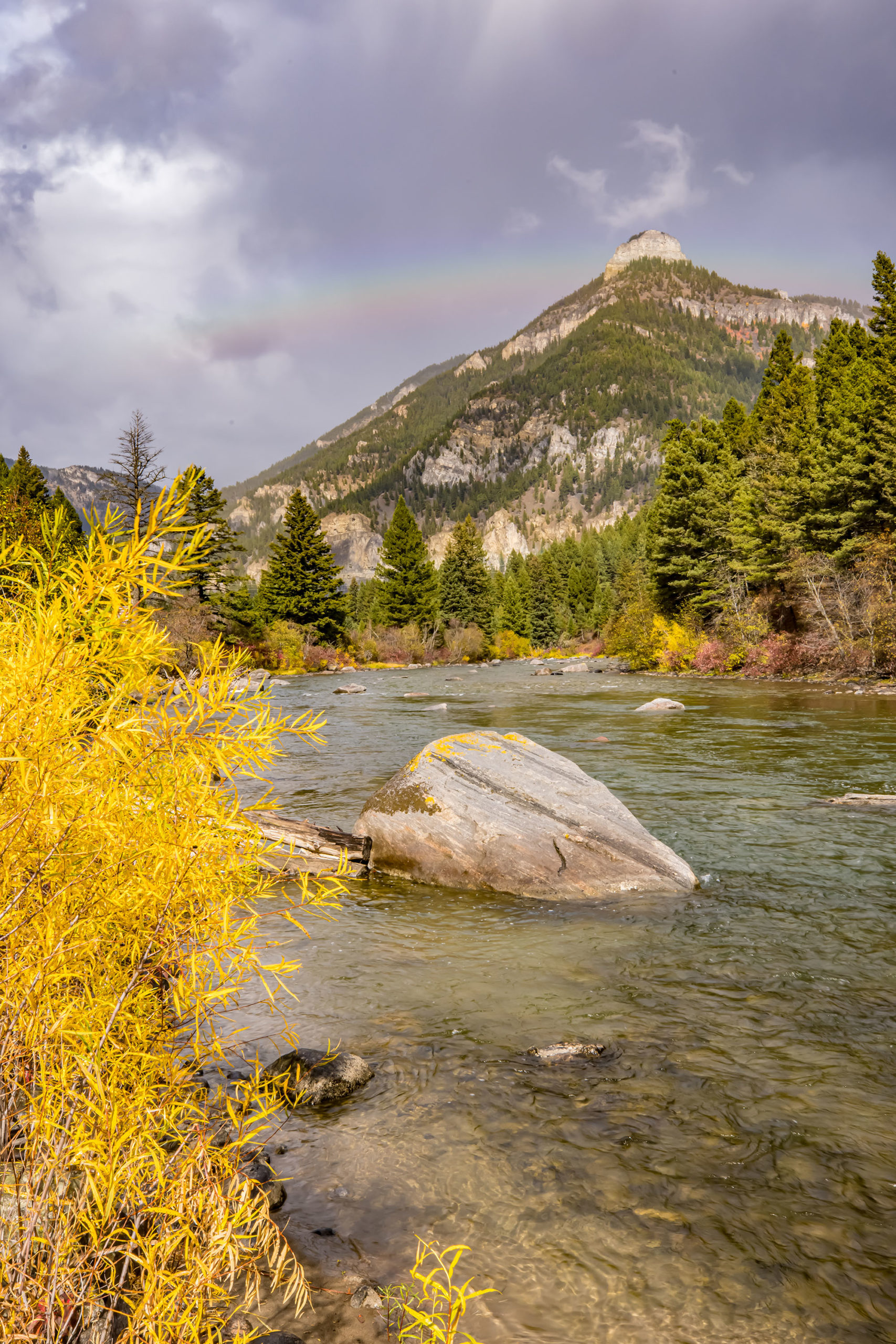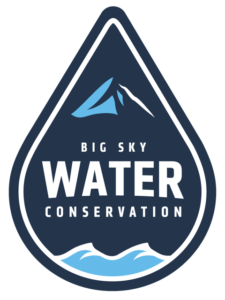Why a Task Force?

Over the past century, the Gallatin has become a famous hub for recreation. Even if you’ve never fished Baetis Alley or rafted the Mad Mile, you’ve probably seen the river’s highlights.
Since playing the role of the Blackfoot in Robert Redford’s adaptation of A River Runs Through It, the Gallatin has become a world-class brand. In the iconic final scene, which won the 1992 Academy Award for best cinematography, Storm Castle Peak towers overhead as the river meanders lazily in the setting sunlight.
While beautifully written and then spectacularly shot, the story A River Runs Through It doesn’t tell concerns the growing environmental threats to the Gallatin. It wasn’t long after the film’s release that local citizens started to take note of deteriorating water quality and voicing concerns about water supply, wastewater management, and protecting the Gallatin for future generations.
That’s where the Task Force comes in.
In 2000, to ensure that the Gallatin’s water was not decreasing in quality, volunteers began sampling the river at various sites along its upper stretches. Directed by Montana State University’s Water Center, the Task Force’s humble beginnings belie its present-day stature as the only nonprofit focused solely on protecting the upper watershed as climate change, development, record visitation, and other factors continue to threaten the river’s health.
After over 20 years, the success of the Gallatin River Task Force cannot be denied, and the next 20 years promise better outcomes still. By adhering to rigorous scientific inquiry, we now have a robust data set with which to make impactful decisions about water management, and we are charting a course for the sustainable future of Big Sky’s water resources.
As a headwaters community, it is our obligation to ensure clean, cold water flows through the Gallatin, from the Yellowstone National Park boundary to the confluence with Spanish Creek. We do it for our friends and neighbors downstream, but we also do it for the wildlife that call this river corridor home. We do it for the growing community to which we all belong, and we do it for our robust recreation-based economy that attracts visitors from across the globe. Most of all, we do it for future generations of river lovers and wild trout, fly-fishing families and raucous whitewater rafters.
Working to maintain a healthy Gallatin River is our gift, a small price to pay for a special place that has given us so much.

-
2000
Blue Water Task Force (BWTF) established at MSU to monitor Upper Gallatin water quality
-
2004
BWTF formalized as 501(c)3 nonprofit based in Big Sky
-
2008
Total Maximum Daily Loads established by DEQ for impaired South, Middle, and West forks of the Gallatin
-
2012
Upper Gallatin Restoration Plan initiated
-
2014
West Fork Nitrogen Reduction Plan launched
-
2015
Blue Water Task Force rebrands as the Gallatin River Task Force, launches drought resiliency planning, adopting water-quantity focus -
2015
Task Force maps 111 river-access sites for restoration, begins long-term partnership with Custer Gallatin National Forest -
2016
Big Sky Sustainable Water Solutions Forum convened to build unified vision for water management, beginning of 2016.
-

2016
Big Sky Water Conservation program introduced in fall of 2016.
-
2018
Moose Creek restoration complete, in May 2018.
In Summer of 2018, Under Task Force leadership, Headwaters Alliance formed to implement Big Sky Area Sustainable Watershed Stewardship Plan.
-

August 2018
Wide-spread algae bloom impacts Gallatin in August, 2018; Task Force initiates three-year study with support from MT DEQ.
-
2020
In May of 2020, voters approve 1% for Infrastructure tax to construct upgraded wastewater treatment plant.
In October 2020, the Nutrient Reduction Plan was adopted by the Task Force to prioritize watershed restoration projects
-
September 2021
Upper Deer Creek river-access restoration project completed in September, 2021.
Over the past century, the Gallatin has become a famous hub for recreation. Even if you’ve never fished Baetis Alley or rafted the Mad Mile, you’ve probably seen the river’s highlights.
Over the past century, the Gallatin has become a famous hub for recreation. Even if you’ve never fished Baetis Alley or rafted the Mad Mile, you’ve probably seen the river’s highlights.
Since playing the role of the Blackfoot in Robert Redford’s adaptation of A River Runs Through It, the Gallatin has become a world-class brand. In the iconic final scene, which won the 1992 Academy Award for best cinematography, Storm Castle Peak towers overhead as the river meanders lazily in the setting sunlight.
While beautifully written and then spectacularly shot, the story A River Runs Through It doesn’t tell concerns the growing environmental threats to the Gallatin. It wasn’t long after the film’s release that local citizens started to take note of deteriorating water quality and voicing concerns about water supply, wastewater management, and protecting the Gallatin for future generations.
That’s where the Task Force comes in.
In 2000, to ensure that the Gallatin’s water was not decreasing in quality, volunteers began sampling the river at various sites along its upper stretches. Directed by Montana State University’s Water Center, the Task Force’s humble beginnings belie its present-day stature as the only nonprofit focused solely on protecting the upper watershed as climate change, development, record visitation, and other factors continue to threaten the river’s health.
After over 20 years, the success of the Gallatin River Task Force cannot be denied, and the next 20 years promise better outcomes still. By adhering to rigorous scientific inquiry, we now have a robust data set with which to make impactful decisions about water management, and we are charting a course for the sustainable future of Big Sky’s water resources.
As a headwaters community, it is our obligation to ensure clean, cold water flows through the Gallatin, from the Yellowstone National Park boundary to the confluence with Spanish Creek. We do it for our friends and neighbors downstream, but we also do it for the wildlife that call this river corridor home. We do it for the growing community to which we all belong, and we do it for our robust recreation-based economy that attracts visitors from across the globe. Most of all, we do it for future generations of river lovers and wild trout, fly-fishing families and raucous whitewater rafters.
Working to maintain a healthy Gallatin River is our gift, a small price to pay for a special place that has given us so much.
